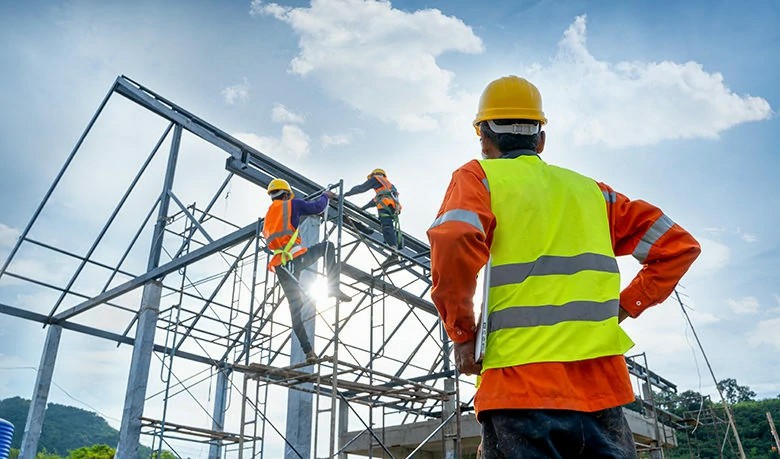


 349,500 Offered Certificates
349,500 Offered Certificates
 24/7 Online Training
24/7 Online Training
 Money Back Guarantee
Money Back Guarantee
 Fully Accredited Courses
Fully Accredited Courses

Created at: 22-02-2025 17:31
Working at heights presents significant risks, and understanding the most common mistakes made by workers is crucial for ensuring safety and compliance. Often, these mistakes stem from a combination of improper equipment usage, lack of thorough risk assessments, and failure to adhere to established safety procedures. In this blog post, we will explore these prevalent issues, how they can be addressed through effective training, and the importance of Working at Heights Certification in saving lives.
When workers engage in tasks at height, they expose themselves to various hazards, including falls, struck-by objects, and even electrocution. According to various health and safety agencies, falls from height remain one of the leading causes of workplace injuries and fatalities. Therefore, understanding the root causes of these incidents plays a pivotal role in mitigating risks.
Many accidents occur due to the incorrect use of safety equipment. Here are some common examples:
A significant number of falls can be attributed to insufficient risk assessments. Many workers overlook these assessments or do them hastily, leading to inadequate safety measures being implemented. Here’s how training makes a difference:
Even when safety measures are in place, failure to follow established protocols can lead to disaster. Some of the common safety procedure failures include:
Structured Working at Heights Courses significantly decrease the likelihood of incidents by addressing the issues outlined above. When organizations invest in worker training, they not only comply with legal requirements but also cultivate a culture of safety.
For instance, organizations that conducted comprehensive training before a big project saw a marked reduction in accidents and associated costs. Employees reported feeling more confident and aware of their surroundings, leading to a safer workplace for everyone involved.
Working at heights inherently comes with risks, but those risks can be managed through proper training and adherence to safety protocols. By enrolling in a Working at Heights Safety Course, individuals and organizations can empower their workers to make safe choices and reduce the likelihood of accidents.
For more information about how to get involved in Working at Heights Certification in Dublin, Cork, or Galway, and to explore our varied training options, please visit our website or contact us at [email protected].